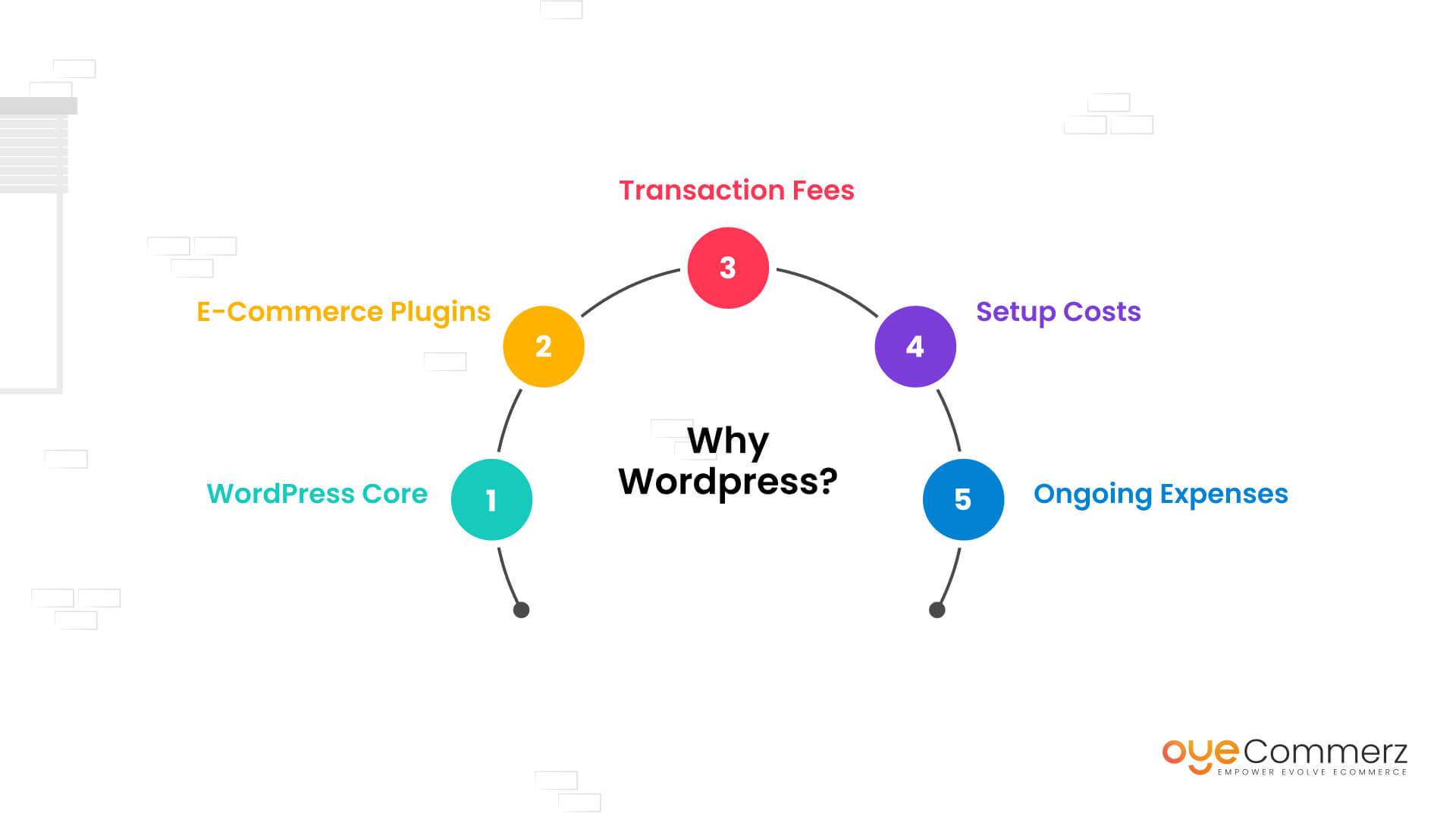Transitioning from WordPress to Shopify is an promising step toward streamlining your online store operations. As companies grow, selecting a solution that supports growth potential, UX, and customization is essential. Shopify has emerged as a preferred choice for online merchants, providing unmatched adaptability, security, and user-friendliness. In this guide, we will delve into why this migration is a game-changer, highlight the benefits, and share actionable steps to facilitate a seamless transition.
1. Top Reasons to Transition from WP to Shopify
WordPress, paired with WooCommerce, continues to support countless e-commerce platforms. Nevertheless, as companies scale, challenges like reliance on plugins, data risks, and technical complexities often obstruct growth. Shopify, designed explicitly for e-commerce, addresses these issues with an all-in-one, intuitive platform. Real data back this shift—Shopify hosts over 4.4 million websites worldwide, with a documented 10% increase in sales performance for numerous merchants post-switch.
2. Shopify's Advantages for Thriving Online Stores
Shopify’s powerful platform is tailored for scaling businesses. Its notable features include:
- Effortless Design Flexibility: Shopify provides over 80 professionally designed themes.
- Integrated Tools: Features like Shopify Payments and integrated SEO streamline operations.
- Global Reach: Currency versatility and localization features enable brands to reach global markets.
Additionally, Shopify boasts an availability percentage of 99.98%, guaranteeing your website is always operational.
3. Getting Ready for Your WordPress-to-Shopify Transition
Prior to starting the migration process, evaluate your current store. Review product data, customer details, and SEO performance. Tools like Shopify’s Migration Kit or external tools help ease the transition. Create a detailed strategy, making sure all assets—product descriptions, media files, and blog content—are optimized for transfer.
4. The Importance of Accurate Data Migration
Transferring your data is a cornerstone of a smooth transition. When migrating from WordPress to Shopify, focus on:
- Product Information: SKU, item summaries, and categories.
- Customer Data: Emails, purchase records, and custom fields.
- Search Engine Considerations: Preserve meta tags, URLs, and redirects to avoid SEO losses.
Leverage tools such as LitExtension to facilitate seamless migration while reducing mistakes.
5. Customizing Your Shopify Store
Post-migration, customizing your Shopify store ensures it aligns with your business identity. Utilize Shopify’s intuitive page builder to create layouts with ease. Shopify's templates are optimized for all devices, ensuring a smooth user experience across devices—a critical factor, since 74% of e-commerce traffic is generated by mobile visitors.
6. How to Protect Your SEO Rankings When Switching Platforms
SEO is vital for preserving your visibility during migration. Shopify is highly optimized Migration from WordPress CMS for search engines with organized link formatting, built-in optimization tools, and smooth content management. Make sure you:
- Set up URL forwarding for old URLs.
- Enhance updated content with keyword-rich content.
- Use Shopify's apps Plug in SEO to monitor performance post-migration.
7. Post-Migration Testing
Once the migration is complete, conduct thorough testing.
Check:- Website speed (Shopify boasts faster speeds in contrast with WP).
- Functionality of payment gateways and transaction flow.
- Adaptability across devices.
Testing guarantees your store provides a smooth shopping journey from day one.
8. Case Study of a Successful Migration
One such migration success story is Gymshark, a fitness apparel brand that moved to Shopify. Post-migration, the company experienced a 60% boost in mobile sales and reduced site downtime. This highlights the potential of Shopify in enhancing online business success.
9. Overcoming Common Migration Issues
Migration comes with challenges, such as information accuracy and adjusting tailored features. However, Shopify’s extensive assistance and external professionals simplify the process. Collaborating with experienced Shopify developers helps guarantee a smooth transition.
10. Making the Switch: The First Step Toward Success
Migrating from WordPress to Shopify marks a strategic approach to e-commerce. By focusing on growth, streamlining operations, and enhancing the customer experience, Shopify empowers businesses to succeed in challenging industries.
Final Thoughts
Switching from WordPress to Shopify offers a smart solution that can greatly enhance your e-commerce success. With a robust migration plan, the appropriate resources, and professional guidance, you can unlock new growth opportunities.
Ready to make the leap? Reach out today to learn how Migrating online stores to Shopify our Shopify migration services can transform your online store. Contact us now, or ask yourself: Can your business afford to miss out on Shopify’s growth potential?

Comments on “Effortless Transition from WP to Shopify: A Comprehensive Roadmap for E-commerce Growth”